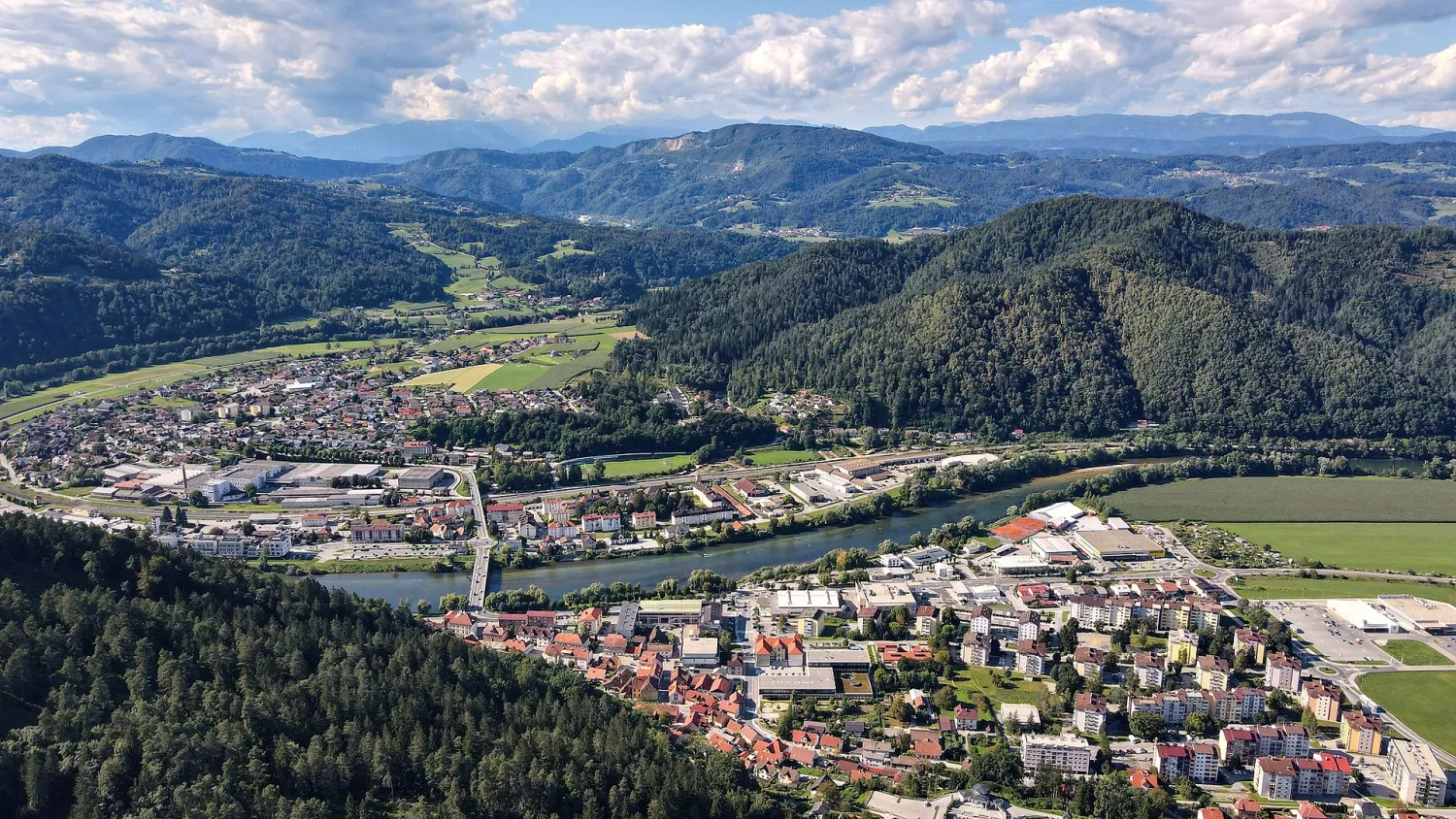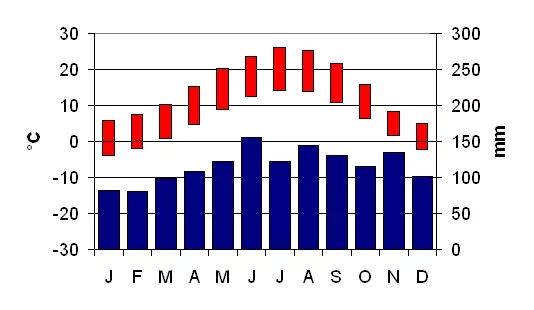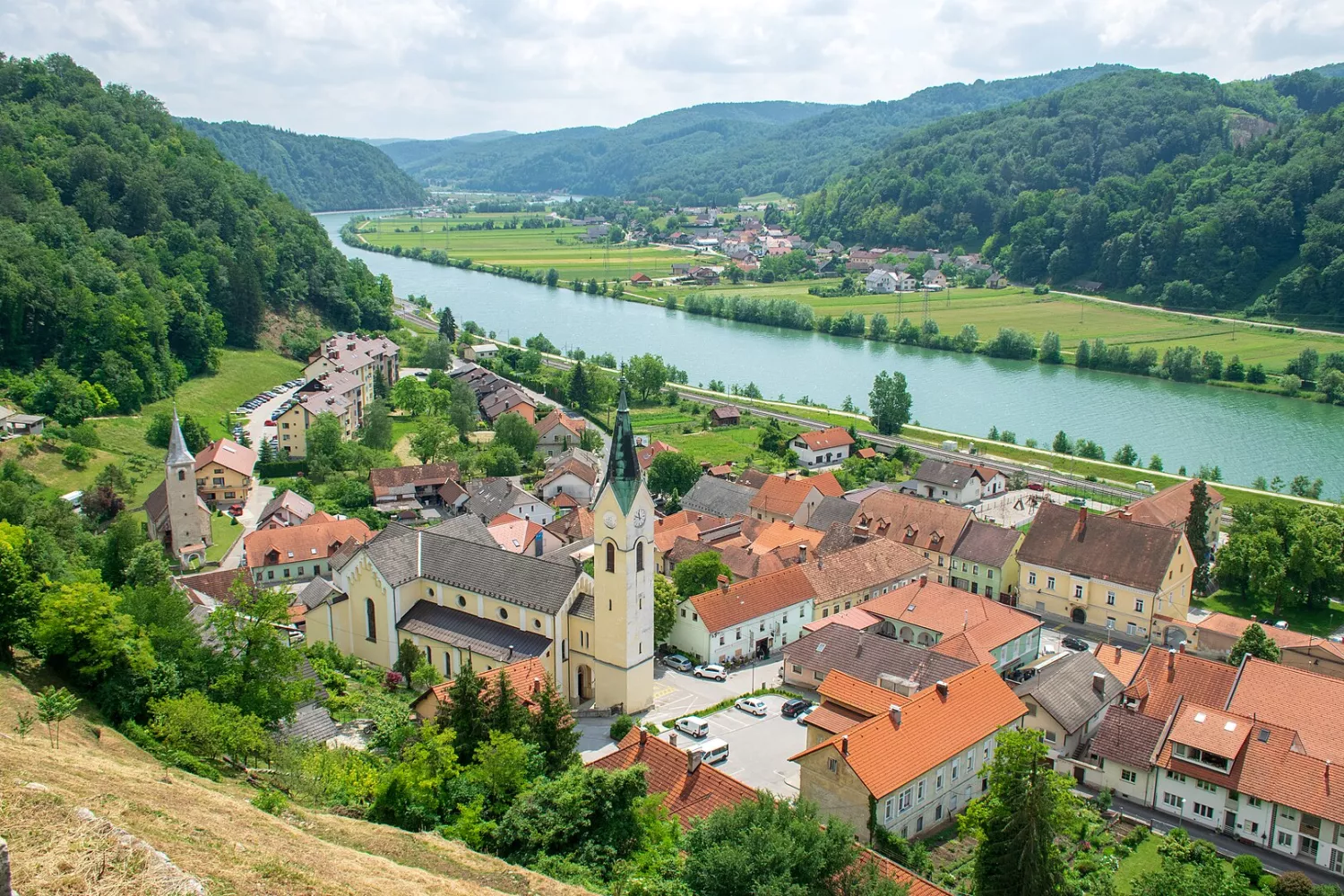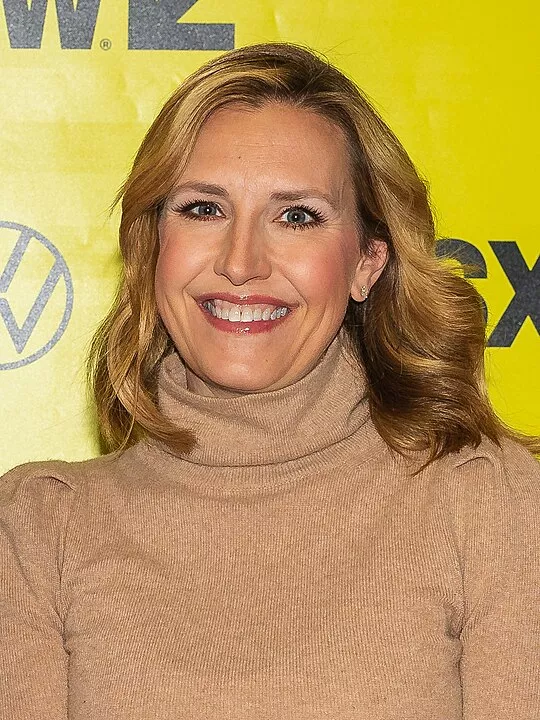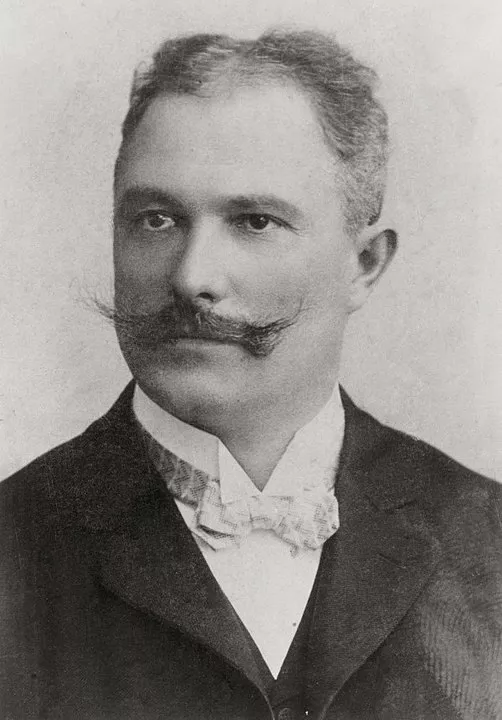Unveiling Slovenia: Your Ultimate FAQ Guide to Discovering the Hidden Gems of the Alpine Wonderland
Table of Contents
Hide
1. Geographical Information
1.1 Where is Slovenia?
Slovenia, situated in southern Central Europe, shares borders with Croatia, Hungary, Austria, Italy, and the Adriatic Sea. Positioned at the junction of central and southeastern Europe, it's flanked by the Alps and the Adriatic. Geographically diverse, Slovenia features the Julian Alps, Kamnik-Savinja Alps, Pohorje massif, and the Karst Plateau. Predominantly hilly or mountainous, about 90% of its land lies 200 meters or more above sea level. Its Adriatic coastline spans approximately 47 km from Italy to Croatia. Slovenia is recognized as part of both Central and Southeastern Europe.
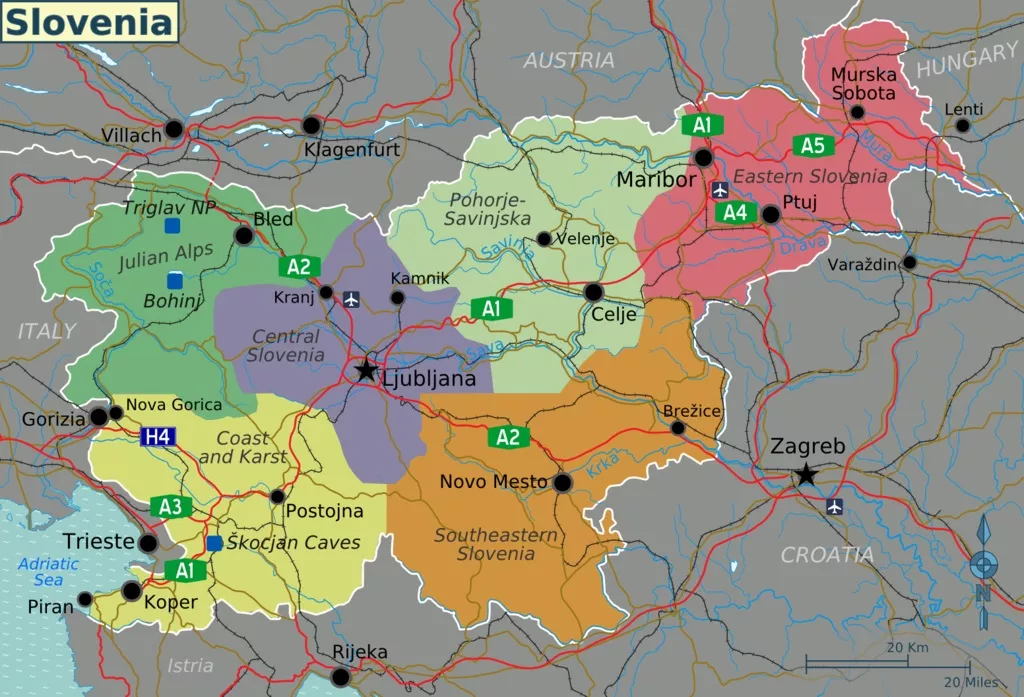
Map of Slovenia with regions and major cities - (WT-shared) Shaund, CC BY-SA 4.0, via Wikimedia Commons
1.2 Where is Slovenia located in Europe?
Slovenia is located in Central Europe, though it can also be considered part of Southeastern Europe by some. It is a small, mountainous country bordering several other European nations.
1.3 What are the major rivers in Slovenia?
The major rivers in Slovenia include the Sava River, the Drava River, the Savinja River, and the Mura River. The Sava River, the longest in Slovenia, originates in the Julian Alps and flows into the Black Sea, while the Drava River, the second longest, originates in Italy and flows through Austria and Slovenia before draining into the Danube River. The Savinja River originates at Rinka Falls and flows into the Black Sea basin, while the Mura River, originating in Austria, flows through Slovenia, Croatia, and Hungary before draining into the Drava River. Other notable Slovenian rivers include the Soča, Vipava, Idrijca, and Dragonja, which flow into the Adriatic Sea basin.
1.4 How many national parks are there in Slovenia?
Slovenia boasts Triglav National Park as its sole national park, a magnificent expanse encompassing the country's largest protected region. This park offers unparalleled opportunities to intimately connect with nature, showcasing Slovenia's rich biodiversity and stunning landscapes. In addition to Triglav National Park, Slovenia also features three regional parks, further contributing to the preservation and appreciation of its natural heritage. With 47 landscape parks and 57 nature reserves dotting its terrain, Slovenia presents a tapestry of protected areas waiting to be explored and admired. These diverse landscapes and ecosystems harbor over 22,000 plant and animal species, underscoring the nation's commitment to environmental conservation. Whether exploring the pristine wilderness of Triglav National Park or wandering through the picturesque landscapes of its regional and landscape parks, visitors to Slovenia are treated to a captivating journey through nature's wonders.
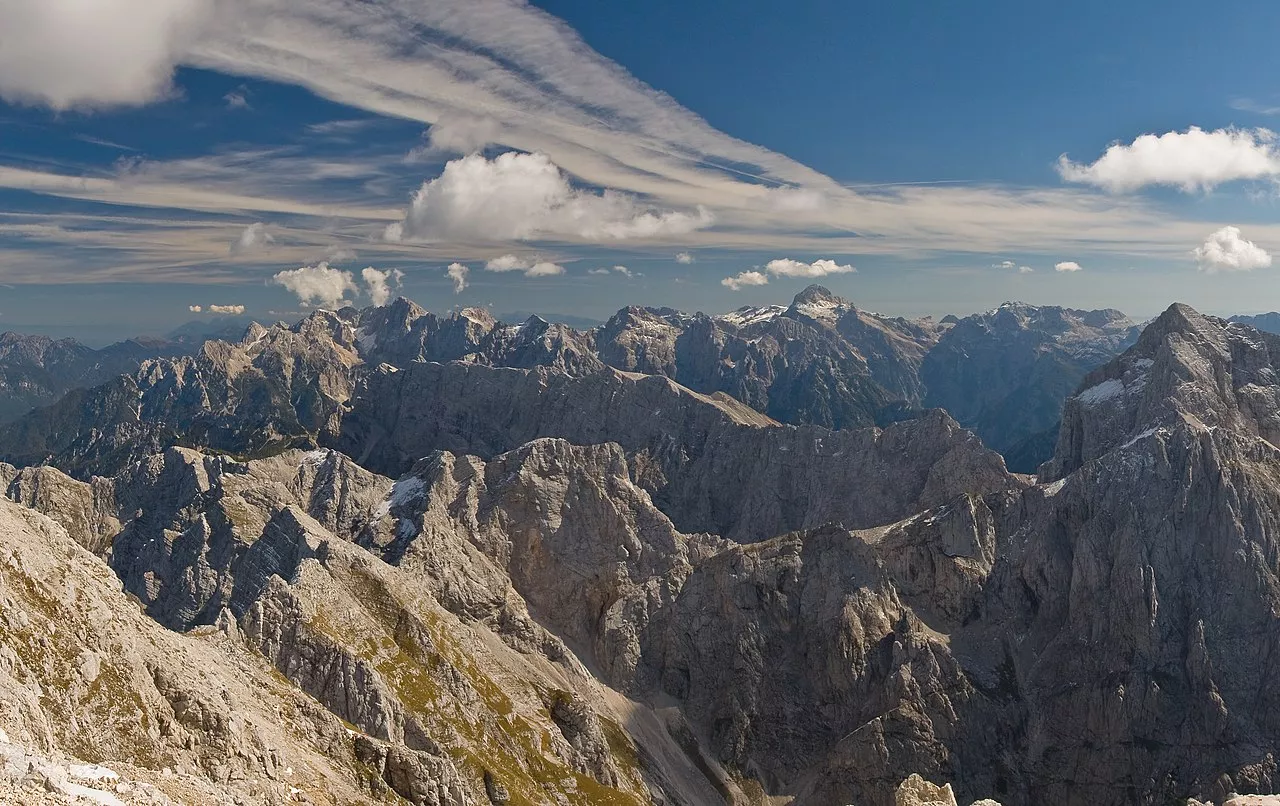
View from top of the Mangart (2679m) to Triglav National Park - Christian Mehlführer, CC BY-SA 3.0, via Wikimedia Commons
1.5 What is the climate like in Slovenia?
Slovenia boasts a diverse climate, featuring cold winters and warm summers across its terrain. The country exhibits three primary climate zones:
Along the coast, Slovenia experiences a Mediterranean climate characterized by mild winters and warm summers. Temperatures range from 0°C (32°F) in January to 20°C (68°F) in July.
In the northwest mountainous region, an Alpine climate prevails with cold winters, heavy snowfall, and enjoyable summers. Winter daytime temperatures hover around 0°C (32°F), while summer temperatures reach a pleasant 20°C (68°F).
Central, eastern, and northeastern Slovenia exhibit a continental climate with warm summers and cold winters. Average temperatures vary from around 1°C (34°F) in January to 22°C (72°F) in July in the capital, Ljubljana.
Precipitation is abundant across the country, with the western regions receiving the highest rainfall, exceeding 3000 mm (120 inches) per year in the mountains. Conversely, eastern areas experience lower precipitation, averaging around 900 mm (35 inches) annually.
The ideal times to visit Slovenia are from June to September for warm and sunny weather. Winter sports enthusiasts can enjoy optimal conditions from December to January. Slovenia encompasses three distinct climate types: sub-Mediterranean, Alpine, and continental, with varying annual temperatures and precipitation levels. ( Source)
1.6 What is the size of Slovenia's coastline?
Slovenia's Adriatic coastline, spanning approximately 47 kilometers (29 miles), is a picturesque stretch nestled between Italy and Croatia. This narrow strip of land, known as the Slovene Riviera, showcases a captivating blend of historic towns, stunning beaches, and natural wonders. Despite its modest size, the coastline boasts a vibrant atmosphere, inviting travelers to explore its charming towns like Koper, Piran, and Portorož. With its rich multiethnic heritage and breathtaking scenery, Slovenia's Adriatic coast offers a delightful escape for visitors seeking sun, sea, and cultural experiences.
1.7 How many regions are there in Slovenia?
Slovenia comprises 12 statistical regions, established in 2000 for administrative and statistical purposes. These regions are divided into two cohesion regions: Eastern Slovenia (Vzhodna Slovenija – SI01) and Western Slovenia (Zahodna Slovenija – SI02).
The statistical regions are:
1. Mura (pomurska – SI011) - Largest city: Murska Sobota, Area: 1,337 km2, Population (2019): 114,287
2. Drava (podravska – SI012) - Largest city: Maribor, Area: 2,170 km2, Population (2019): 324,104
3. Carinthia (koroška – SI013) - Largest city: Slovenj Gradec, Area: 1,041 km2, Population (2019): 70,588
4. Savinja (savinjska – SI014) - Largest city: Celje, Area: 2,384 km2, Population (2019): 261,851
5. Central Sava (zasavska – SI015) - Largest city: Trbovlje, Area: 264 km2, Population (2019): 41,606
6. Lower Sava (posavska – SI016) - Largest city: Krško, Area: 885 km2, Population (2019): 70,067
7. Southeast Slovenia (jugovzhodna Slovenija – SI017) - Largest city: Novo Mesto, Area: 2,675 km2, Population (2019): 144,032
8. Littoral–Inner Carniola (primorsko-notranjska – SI018) - Largest city: Postojna, Area: 1,456 km2, Population (2019): 52,544
9. Central Slovenia (osrednjeslovenska – SI021) - Largest city: Ljubljana, Area: 2,555 km2, Population (2019): 564,527
10. Upper Carniola (gorenjska – SI022) - Largest city: Kranj, Area: 2,137 km2, Population (2019): 204,670
11. Gorizia (goriška – SI023) - Largest city: Nova Gorica, Area: 2,325 km2, Population (2019): 117,616
12. Coastal–Karst (obalno-kraška – SI024) - Largest city: Koper, Area: 1,044 km2, Population (2019): 115,016
2. Language and Communication
2.1 What language do they speak in Slovenia?
The language predominantly spoken in Slovenia is Slovene, also known as Slovenian in English. It serves as the official and national language of the country, with a large majority of the population fluent in Slovene. Slovene is the first language for an estimated 2.1 million Slovenian people and is utilized as the language of instruction across all levels of education, from primary to tertiary. While Slovene holds the status of the official language of the Republic of Slovenia and is the mother tongue of around 2.5 million individuals it also bears linguistic ties to other Slavic languages, particularly those of the South Slavic subgroup. Additionally, Slovenia recognizes Italian as a co-official language in the Slovenian Istria region (where Piran is located) and Hungarian in specific areas of the Prekmurje region. Despite the presence of languages such as Croatian, Serbian, Romani, and German within Slovenia, Slovene remains the dominant and established language, embodying social and structural coherence while continuing to evolve.
2.2 How do you pronounce the capital of Slovenia?
In this case listening holds more value than reading.
2.3 What are the main newspapers in Slovenia?
Slovenia boasts several prominent newspapers catering to various interests and regions. Delo, established in 1959 and headquartered in Ljubljana, stands as one of the country's most widely read dailies, known for its left-wing and social liberal stance. Dnevnik, founded in 1951 as Ljubljanski dnevnik and also based in Ljubljana, represents another influential voice with its left-wing perspective. Večer, headquartered in Maribor and founded in 1945, takes a centrist approach to news coverage. Additionally, readers can turn to Slovenske novice for daily tabloid reporting, or delve into financial matters with Finance, a daily dedicated to business and finance. Beyond these, Slovenia hosts a variety of other noteworthy newspapers, including regional publications like Primorske novice, weekly releases such as Nedeljski dnevnik and Mladina, and even an English-language option, The Slovenia Times.
2.4 What languages are spoken in Slovenia?
Slovenia's linguistic diversity reflects its intricate historical and cultural heritage. The official language, Slovene, is spoken by the majority, alongside co-official languages like Hungarian and Italian. Croatian and Serbian are also significant, spoken by immigrants and their descendants. English and German are commonly taught foreign languages, followed by Italian, French, and Spanish.
Despite this diversity, Slovene remains predominant, with around 87.8% of the population considering it their first language. Croatian, Serbian, and Serbo-Croatian follow with smaller percentages. Italian and Hungarian, protected by Slovenia's constitution, have fewer native speakers but are recognized minority languages.
Furthermore, Slovenia's linguistic landscape includes speakers of Romani, German, and other languages, each contributing to the nation's cultural fabric. German, for instance, has a historical presence in certain regions, although its speakers have declined over time. Similarly, Romani, spoken by a small percentage of the population, is legally protected.
3. Tourism and Activities
3.1 What currency is used in Slovenia?
The official currency used in Slovenia is the euro. Slovenia adopted the euro on January 1, 2007, replacing its previous currency, the Slovenian tolar. Prior to adopting the euro, the Slovenian tolar (SIT) was in circulation, introduced in 1991 after Slovenia gained independence from Yugoslavia. The euro, divided into 100 cents, is issued in Slovenia through its own euro coins and banknotes as part of the Eurozone. Major euro banknote denominations in Slovenia include 5, 10, 20, 50, 100, 200, and 500 euros, although the 200 and 500 euro notes are seldom used. Slovenia joined the European Exchange Rate Mechanism (ERM II) in 2004, pegging the tolar to the euro, before fully transitioning to the euro in 2007.
3.2 Where to buy a vignette for Slovenia?
To purchase a vignette for Slovenia, visit the official website https://evinjeta.dars.si/. Only e-vignettes bought through this site or at authorized points of sale are valid. Payment can be made online via debit/credit card, PayPal, or bank transfer, with immediate activation for card or PayPal payments. Vignettes can be valid for one year, six months, one month, or one week, with the date of entry determined by the customer and can be set up to 30 days in advance.
3.3 What side of the road does Slovenia drive on?
Slovenia drives on the right side of the road.
3.4 What was Slovenia before?
Before becoming an independent nation in 1991, Slovenia was part of several larger political entities:
In the 4th and 3rd centuries BC, the territory of present-day Slovenia was occupied by Celtic tribes, which formed the first state called Noricum.
Around 10 BC, Noricum was annexed by the Roman Empire, leading to the emergence of Roman cities like Emona (Ljubljana), Celeia (Celje), and Poetovia (Ptuj).
In the 6th century AD, Slavs migrated to the area and established the state of Carantania, later coming under Frankish overlordship.
During the 14th century, most of the territory was taken over by the Habsburgs, who retained control until the end of World War I.
After World War I, Slovenia joined the Kingdom of Serbs, Croats, and Slovenes in 1918, which later became the Kingdom of Yugoslavia in 1929.
During World War II, Slovenia was divided among Germany, Italy, and Hungary, then becoming a constituent republic of the Socialist Federal Republic of Yugoslavia after the war.
Finally, Slovenia declared independence in 1991 after a referendum, becoming a sovereign nation.
3.5 How expensive is Slovenia?
As of 2024, Slovenia maintains a relatively higher cost of living compared to other Eastern European nations, though it remains more budget-friendly than Western Europe. Here's a breakdown of the key aspects regarding the cost of living:
The cost of living in Slovenia is approximately 47.8% lower than that of New York City.
For a single person residing in Ljubljana, the capital, estimated monthly expenses amount to around €816.5 excluding rent.
Rent prices exhibit considerable variation based on location. A 45 m2 furnished studio in a typical area of Ljubljana averages around €700, while the same in a pricier locale might cost €1000.
Utilities for an 85 m2 apartment accommodating two individuals in Ljubljana typically total around €200 per month.
Dining out remains relatively affordable, especially for students who benefit from food coupons subsidizing their meals.
Grocery items and basic necessities are reasonably priced, with a liter of gasoline priced at approximately €1.59 in Ljubljana.
In essence, as of 2024, Slovenia presents a good quality of life, albeit at a higher expense compared to its Eastern European counterparts. Rent and utility costs constitute the most significant expenditures, whereas food and transportation remain comparatively more economical.
Sources - 1) Numbeo, Cost of Living in Ljubljana 2) Expatistan, Cost of living in Slovenia
3.6 What to do in Slovenia?
Here are some of the top things to do in Slovenia:
Explore Slovenia's Natural Wonders
Visit the stunning Predjama Castle, a Renaissance castle built into the side of a cliff
Hike through the Vintgar Gorge, a 1.6km long canyon with wooden walkways and bridges
Tour the famous Postojna Cave, one of the largest cave systems in the world
See the beautiful Waterfall Pericnik in the Julian Alps
Spend time in the scenic Tivoli Park in the capital city of Ljubljana
Visit the iconic Bled Castle overlooking the picturesque Lake Bled
Discover Slovenia's Historic Sites
Explore the medieval Ljubljana Castle and take in views of the city
Cross the famous Dragon Bridge in Ljubljana, known for its dragon statues
Enjoy Slovenia's Outdoor Activities
Hike the Juliana Trail, a 270 km (168-mile) loop through the Julian Alps
Go rafting, kayaking or paddleboarding on the crystal clear Soca River
Explore the Istrian Peninsula, including the coastal town of Piran
Experience Slovenia's Culture and Cuisine
Wander through the lively Ljubljana Central Market to shop for local produce and goods
Visit Maribor, Slovenia's second largest city, and sample the world's oldest vine
Take a wine tour to explore Slovenia's thriving wine regions
Slovenia offers a diverse range of activities and sights, from stunning natural landscapes to historic cities and cultural experiences. The search results highlight many of the top attractions and activities that make Slovenia such a popular destination.
READ MORE
What to see in Slovenia? 30 Ideas for 2024
4. Miscellaneous
4.1 Where is Melania Trump from in Slovenia?
Melania Trump, the former First Lady of the United States, was born in Novo Mesto, Slovenia, in 1970. However, she spent her formative years in the picturesque town of Sevnica, nestled along the banks of the Sava River in central Slovenia. Sevnica, with a population of approximately 5,000 people, provided the backdrop for Melania's childhood.
Growing up in Sevnica, Melania resided in a block of communist-era flats with her family. Her father, Viktor Knavs, earned a living as a car salesman, while her mother, Amalija, worked at a local textile factory. Melania attended Savo Kladnik Elementary School in Sevnica, where she was described by the principal as "an angel" and "a very good student."
As Melania and her sister Ines reached high school age, the family relocated to Ljubljana, Slovenia's capital city, seeking broader opportunities. It was in Ljubljana where Melania's journey towards international prominence began to take shape. At the age of 18, Melania Trump signed with a modeling agency in Milan, Italy, marking the start of her illustrious career in the fashion industry.
Though Melania Trump's life has since taken her far from her Slovenian roots, her upbringing in Sevnica remains an indelible part of her identity, shaping her journey from a small-town girl to a figure on the global stage.
4.2 Why did Poppy Harlow get married in Slovenia?
Poppy Harlow and her husband Sinisa Babcic got married in Slovenia because it is Babcic's home country and where his family is from, even though the actual wedding ceremony took place in New York City.
4.3 What are some traditional Slovenian superstitions?
It's important to note that Slovenians are not considered an overly superstitious people overall. Their beliefs are more rooted in the country's rich folklore, mythology, and traditions that have been passed down through generations. Some traditional Slovenian superstitions include:
Seeing your shadow on the wall without a head is believed to be an omen that someone will not live to see the New Year.
Animals, particularly black ones, often hold significance in Slovenian superstitions.
Folklore, myths, and legends like the Kurent creature continue to influence Slovenian beliefs and traditions.
Slovenia Post has commemorated superstition and magic through stamps, reflecting their cultural importance.
Additionally, seeing a spider in the house is believed to bring luck, while hearing the cuckoo is thought to bring money.
4.4 Are there any famous Slovenian inventions or discoveries?
Yes, there are several famous inventions and discoveries that originated from Slovenia:
- The world's oldest wooden wheel with an axle, dating back to around 3,150 BC, was discovered in the remains of a pile-dwelling settlement near Vrhnika in 2002. This invaluable artifact shed light on one of Europe's earliest civilizations in what is now Slovenia.
- Peter Florjančič (born 1919) is considered Slovenia's most famous inventor, with a variety of inventions to his name including frames for slides, plastic zippers, spray perfume bottles, handlooms, a lighter with side lighting, and airbags. He patented his first invention, a perfume atomizer, in Monte Carlo in 1945.
- Franc Trkman (1903-1978) was Yugoslavia's most prolific inventor, with fifteen designs that made it into Yugoslav national production, including watertight windows and balcony doors installed in every government building in Yugoslavia.
- Johann Puch (1862-1914) was an inventor of 21 different types of automobiles, motorcycles, trucks, military vehicles, ambulances and bicycles at the dawn of the automotive era, holding 35 patents.
- Herman Potočnik (1892-1929), who went by the pseudonym Noordung, was a theoretical pioneer of space travel who published a treatise on how humans could survive in space in the long-term, conceptualizing space stations.
4.5 When was Slovenia founded?
Slovenia's journey to nationhood began long ago, with a rich history spanning thousands of years. However, it achieved independence as a sovereign nation on June 25, 1991, following the dissolution of Yugoslavia. While there's no single founding date, Slovenia's path to independence represents a culmination of gradual evolution over centuries.


